Mild Club Foot Baby
In some cases, the calf muscle and affected foot may be slightly smaller than normal.

Mild club foot baby. Surgery used to be the main treatment for clubfoot, but orthopedic surgeons (doctors who focus on conditions of the bones, muscles, and joints) now prefer the Ponseti method.This is done in two phases:. This incorporates neuromuscular and anatomical causes (muscle fibre abnormalities, titling and rotation of the talus, hypoplasia of the anterior tibial artery), polygenic multifactorial genetics and arrested fetal development (ie that the fetal foot is in equinovarus and it fails to correct at birth). The accepted method of treating clubfeet is by the Ponseti method of Serial Plaster Casting.
Ikiki Squeaky Shoes for Toddlers with On/Off Squeaker Switch. Doctors now think that clubfoot is caused by a mix of genetics (25 percent of babies with clubfoot have a family history of the birth defect) and environmental factors. In some cases, ultrasound technology detects clubfoot before birth.
Immediately apparent at birth, clubfoot is known to develop during intrauterine life, at between 9 and 14 weeks gestation. The foot is turned inward and there is often a deep crease on the bottom of the foot. This involves gently manipulating your baby's foot into a better position, then putting it into a cast.
They had me come in at 34 weeks for a growth scan “just to check” (they were looking at his feet I had noIdea) the tech then told me the time to diagnose this condition is at weeks because. About half of children with clubfoot have it in both feet. It can be mild or severe and occur in one or both feet.
Your baby's foot bones, muscles, tendons, and blood vessels may also be affected. Clubfoot can cause significant problems as the child grows. The well-treated clubfoot is no handicap and is fully compatible with a normal, active life.
In almost half of affected infants, both feet are involved. In babies who have clubfoot, the tendons that connect their leg muscles to their heel are too short. Sigafoos adds that a club foot in the adult horse also can be acquired.
Clubfoot is the most common congenital disorder of the legs. Claw foot is a deformity of the foot. I am 22 weeks pregnant with baby #2 (I have a 14 month old little girl - no complications.) At my week ultrasound, they found a Single Umbilical Artery and a problem with baby's kidney.
By 24 weeks, providers can diagnose about 80 percent of clubfoot cases. The well-treated clubfoot is no handicap and is fully compatible with a normal, active life. Clubfoot - OrthoInfo - AAOS.
A technique known as the Ponseti method is the main treatment for club foot nowadays. In clubfoot, the tissues connecting the muscles to the bone (tendons) are shorter than usual. If there is a clubfoot associated, then Ponseti treatment should only be done with extreme care as blood supply to the foot can be affected and there is a risk of gangrene.
Doctors once thought a clubfoot was a result of a baby’s foot being twisted or cramped in the womb. (my daughter LAUNCHES herself up onto her feet ALL the time, its unstoppable, lol). Although clubfoot is painless in a baby, treatment should begin immediately.
If a girl has a clubfoot, there’s a 6.5 percent chance that her next-born sibling will be born with clubfoot. Syndrome clubfoot is a severe condition where the chances of treatment with positive outcomes are low. There are usually deep creases on the inside of the foot and back of the heel.
Clubfoot, also known as talipes equinovarus, is a congenital (present at birth) foot deformity. It can range from mild and flexible to severe and rigid, and can affect one or both feet. Clubfoot can cause significant problems as the child grows.
In fact, in many cases, the deformity is detected on routine ultrasound. Talipes equinovarus (once called club foot) is a deformity of the foot and ankle that a baby can be born with. In almost half of affected infants, both feet are involved.
The middle section of your baby’s foot also twists inwards, which makes the foot look short and wide. However, having an older sibling with clubfoot increases a baby’s risk of being born with the condition. This is not the Ponseti method.
If your baby has club foot, one or both feet points down and inwards with the sole of the foot facing backwards. Clubfoot is most common in males. These tight tendons cause the foot to twist out of shape.
1 Newborns with a club foot are often treated with bracing, physical therapy, casting, or surgery. Club foot can happen in one foot or in both feet. Perform a minor surgical procedure to lengthen the Achilles tendon (percutaneous Achilles tenotomy) toward the end of this process.
But the condition may be passed down through families in some cases. It is not clear exactly what causes talipes. Clubfoot is more common in firstborn children and males.
Enjoy the videos and music you love, upload original content, and share it all with friends, family, and the world on YouTube. Casting below the knee is no longer the accepted method. In most cases, it is diagnosed by the typical appearance of a baby's foot after they are born.
This happens because the tissues that connect muscles to bone (called tendons) in your baby’s leg and foot are shorter than normal. But with early treatment most children born with club foot are able to lead a normal life. Two cousins (on Dad’s side) were both born with a mild clubfoot corrected without surgery.
My son had to have casts on his foot for a year, before surgery to lengthen his achilles tendon at 1 year old. It can range from mild and flexible to severe and rigid. The majority can be treated in six to eight weeks using casts and gentle manipulation.
The toe looks like a claw. Clubfoot is a fairly common birth defect and is usually an isolated problem for an otherwise healthy newborn. Clubfoot, also known as talipes equinovarus (TEV), is a common foot abnormality, in which the foot points downward and inward.
Occurring in about 1 in 1,000 babies, clubfoot is the most common deformity of the bones and joints in newborns. One popular theory postulates that a clubfoot is a result of intrauterine maldevelopment of the talus that leads to adduction and plantarflexion of the foot.7 Clubfoot occurs in one to two per. Club foot can cause significant problems as the child grows.
The foot is usually short and broad in appearance and the heel points downward while the front half of the foot (forefoot) turns inward. The cause is not known. Start researching ortopedic specialists that have lots of experience with club foot.
Clubfoot is a birth defect that makes one or both of a baby's feet point down and turn in. When a child has clubfoot, their feet and legs have all the same bones, tendons and muscles as a healthy child, but they are positioned incorrectly. It’s easy to correct in most cases, so most children don’t have long-lasting.
The Ponseti method is now a widely used treatment for talipes. This problem of clubfoot normally causes no difficulties until the child begins to stand as well as walk. While there is a genetic component to clubfeet, amniotic band syndrome is not genetic and has a high correlation with clubfeet.
Clubfoot doesn’t cause pain, but if it’s not treated, it can make it hard for a child to walk without a limp. One or both feet may be affected. The majority of clubfeet can be corrected in infancy in about six to eight weeks with the proper gentle manipulations and plaster casts.
Although clubfoot is painless in a baby, treatment should begin immediately. It occurs twice as often in males than in females. Clubfoot, also known as talipes equinovarus, is a condition where a baby’s foot is twisted inward to the point where the bottom of the foot faces sideways and in some cases upward.
Is using this method – FIND A NEW DR.!. Clubfoot develops because the tendons in your baby's leg and foot are shorter and tighter than normal. Clubfoot can range from mild to severe.
I have heard if you let a baby bear weight on their legs this causes bow legs. Then, he wore a brace for 6 months, then a special insole in his shoe for a while. Mild clubfoot is not painful and won't bother the baby until he begins to stand or talk.
Your baby's foot bones, muscles, tendons, and blood vessels may also be affected. Most often, it occurs by itself. Clubfoot is a congenital condition (present at birth) that causes a baby’s foot to turn inward or downward.
Clubfoot can happen in one foot or in both feet. Orthopedic specialists offer prenatal consultations to help educate parents about their baby’s treatment options. Clubfoot develops because the tendons in your baby's leg and foot are shorter and tighter than normal.
Club foot isn’t painful for babies, but if it isn’t. The consensus theory is thought to explain the occurrence of talipes. It’s when a baby’s foot turns inward so that the bottom of the foot faces sideways or even up.
Clubfoot is a deformity in which an infant's foot is turned inward, often so severely that the bottom of the foot faces sideways or even upward. Clubfoot can be mild or severe and can affect one or both feet. One or both feet may be affected.
Signs of clubfoot include a short and/or tight Achilles tendon (heel cord) and a heel that is turned in. Positional clubfoot can be treated and changed to a neutral position by hand itself. My daughter is bow legged, and has mild club foot on one foot (she's 3 months).
If you've had a baby like this did it correct itself, how long did it take (for either club foot or bow legs)?. Second baby and found out she will have club foot/feet July 18, 18 | by jsouther1 2nd baby and found out at our week scan she will be born with bilateral club feet. Sometimes, a mild congenital club foot is exacerbated later in life by long toes, infrequent shoeing, or an underlying problem.
Clubfoot is a condition in which the foot – or sometimes both feet – are turned inward and are pointing down. Clubfoot can range from mild to severe, but typically has the same general appearance. Clubfoot is a common disorder in which one or both of a baby's feet are turned inward and downward and can't easily be moved into a normal position.
This type of clubfoot is caused if the baby is in breech position while in the uterus. 4.4 out of 5 stars 273. Casting is more successful for those with mild clubfoot and those treated within the first two weeks of birth.
A health care professional normally notices a clubfoot when a baby is born. Over the course of six to eight weeks, clubfoot may be corrected without surgery. Clubfoot (also called talipes equinovarus) is a birth defect of the foot.
At my week anatomy scan the tech and written “mild right club foot” my dr however missed it and never told me. Move your baby's foot into a correct position and then place it in a cast to hold it there. Most types of clubfoot are present at birth (congenital clubfoot).
Sometimes it can be detected before birth. 2-day-old baby with bilateral clubfeet. Newborn Pictures Baby Pictures Mommy Loves You Baby Jordans Thing 1 Preparing For Baby Baby Love Baby Baby Expecting Baby.
Clubfoot can range from mild to severe. Clubfoot can be mild or severe. BENHERO Baby Newborn Crib Cozy Fleece Winter Booties Non Skid Soft Sole Shoes Warm Winter Socks.
Reposition and recast your baby's foot once a week for several months. Treatment of the tight band often involves surgery. This is repeated every week for about 5 to 8 weeks.
1-16 of 158 results for "clubfoot shoes" Price and other details may vary based on size and color. 4.7 out of 5 stars 4,032. If a boy has a clubfoot, there’s a 2.5 percent chance that his next-born sibling will have clubfoot, too.
Although club foot is painless in a baby, treatment should begin immediately. It affects the bones, muscles, tendons, and blood vessels and can affect one or both feet. The next morning the Doctor beganserial plaster casting.
I went to get a high risk ultrasound done and they found that baby has a hole in her heart, a blockage in her kidney, a club foot, and the single umbilical. A person with a clubfoot does not usually feel discomfort or pain when walking. About 80% of cases occurring in developing countries where there is limited access to care.
In almost half of affected infants, both feet are involved. If your baby has clubfoot, his foot points downwards and inwards like a golf club. Our second baby did not have clubfoot or ABS.
It is much more common for a baby to have a foot turned inward due to positioning, but these feet are very flexible and can easily be straightened with gentle manipulation. Clubfoot is a birth defect that causes your baby's foot to point down and be turned inward. The joint of the toe that is closest to the ankle is bent upward, and the other joints are bent downward.
Treatment for club foot usually starts within a week or two of your baby being born. If a woman with a family history of clubfoot smokes during pregnancy, there is a chance for the baby to also have a clubfoot. Clubfoot can happen in one foot or in both feet.
Baby boy with Bilateral Club feet. Clubfoot occurs in 1 to 4 of every 1,000 live births, making it one of the most common birth defects affecting the legs. My son was born with severe club foot on the right back in 06.
Most cases of clubfoot can be successfully treated with nonsurgical methods that include stretching, casting, and bracing. Some cases are associated with clubfoot although in the one illustrated here it is only mild.
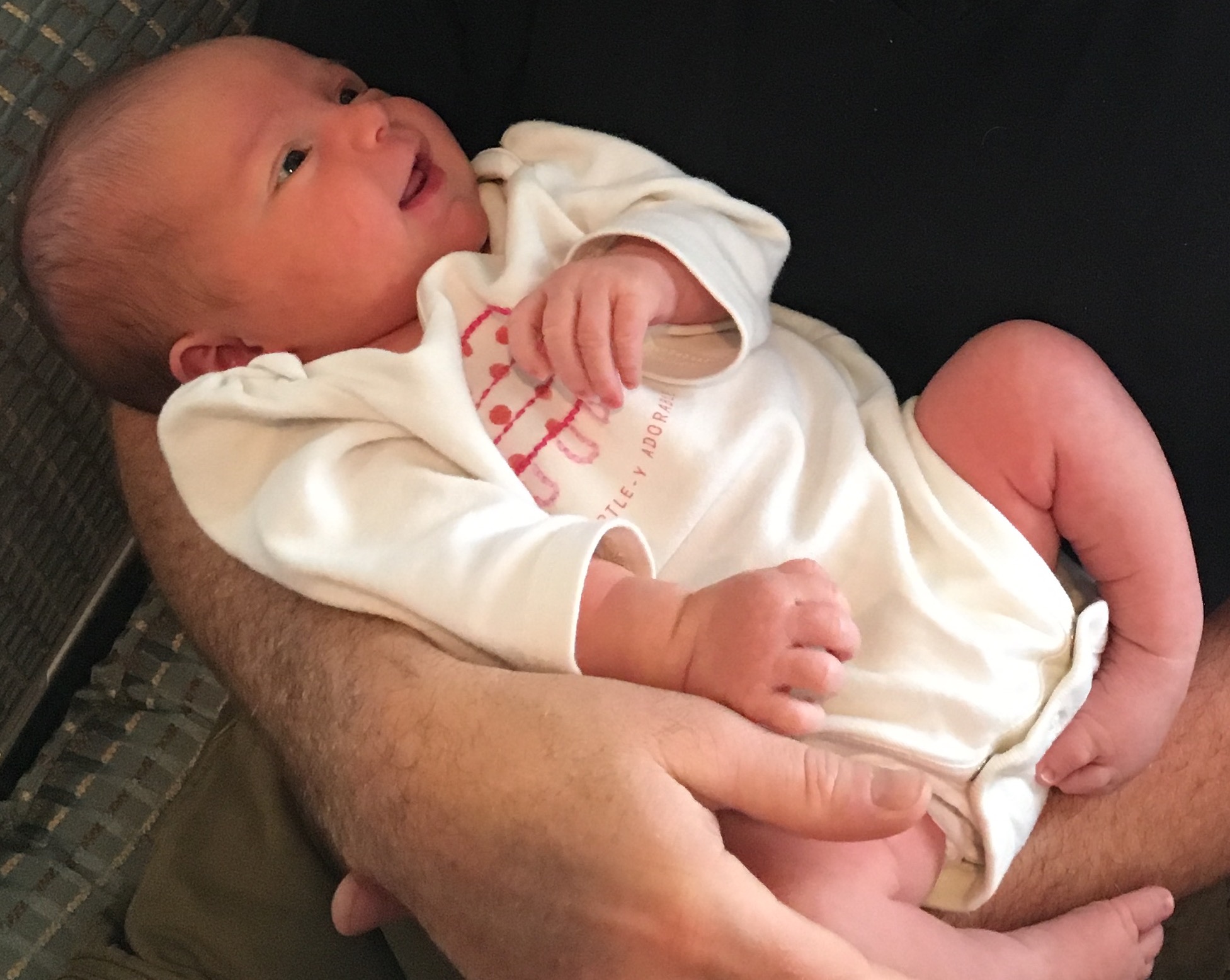
A Pair Of Shoes Can Change A Life Our Clubfoot Journey

Club Foot In Infants Reasons Signs Remedies

To Parents Of Children Born With Clubfeet University Of Iowa Stead Family Children S Hospital
Mild Club Foot Baby のギャラリー

Club Feet Beauchamp Foot Care Beauchamp Foot Care

Photos Of Babies With A Clubfoot

Clubfoot Talipes Equinovarus Symptoms Diagnosis And Treatment

Congenital Talipes Equinovarus Clubfoot Nursing Care Management Nurseslabs
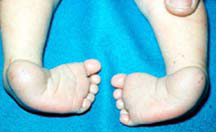
Clubfoot
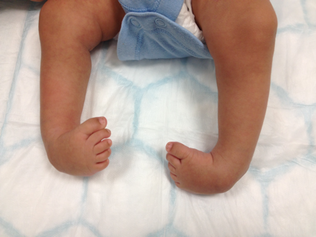
Clubfoot Barts Kids Bones
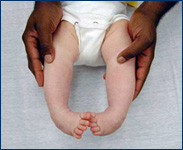
Clubfoot International Center For Limb Lengthening

The Newborn Foot American Family Physician
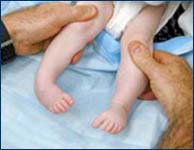
Clubfoot International Center For Limb Lengthening
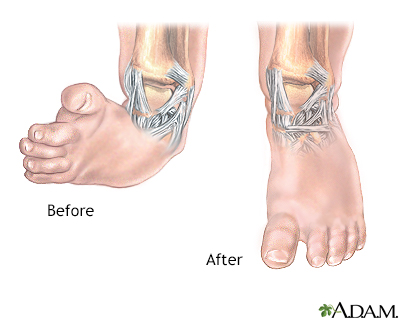
Clubfoot Information Mount Sinai New York
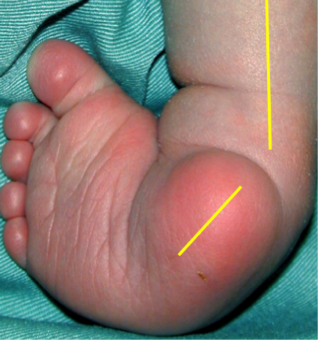
Assessing Children With Clubfoot Physiopedia

Positional Clubfoot

Challenging Clubfeet The Arthrogrypotic Clubfoot And The Complex Clubfoot Journal Of Children S Orthopaedics

When Your Child Has Calcaneovalgus Articles Mount Nittany Health System

Why Leave A Clubfoot For Later
Q Tbn 3aand9gcsl1hov1ytnchb8ycza8l9zjd Zfwndn1zgjnevjjclptvij1rv Usqp Cau
Q Tbn 3aand9gcr6tana0shwe6m9ypsdeh L9p Rhsw5zucpog51lixr4zexb9qm Usqp Cau

Stretching Exercises For Child S Clubbed Foot St Louis Childrens Hospital

Orthokid
Q Tbn 3aand9gcqfbf Tw7mgf8 Pepof9qwj Szroifzfxqhzgbd1q0a8vuxyewp Usqp Cau

How To Do Clubfoot Stretches Nemours Kidshealth Youtube

Clubfoot Shriners Hospitals For Children St Louis
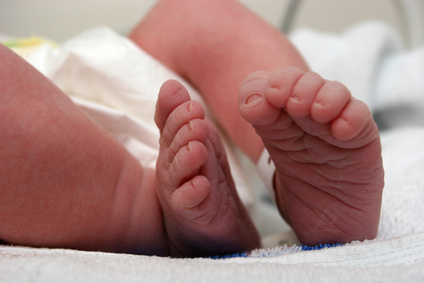
Talipes Club Foot Parents Powwow

Podopediatrics Metatarsus Adductus Podopediatrics Flashcards Memorang

Club Feet Beauchamp Foot Care Beauchamp Foot Care

Comprehensive Care For Common Birth Defect News And Events Shriners Hospitals For Children Portland
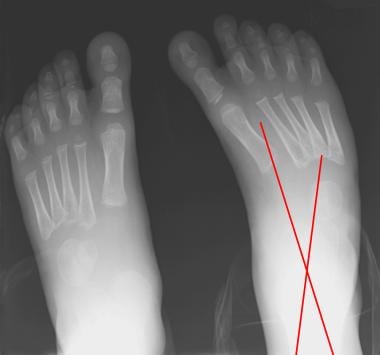
Clubfoot Imaging Practice Essentials Radiography Computed Tomography

Foot Problems Pediatrics Clerkship The University Of Chicago

To Parents Of Children Born With Clubfeet University Of Iowa Stead Family Children S Hospital
Clubfoot Orthoinfo os
Clubfoot Orthoinfo os
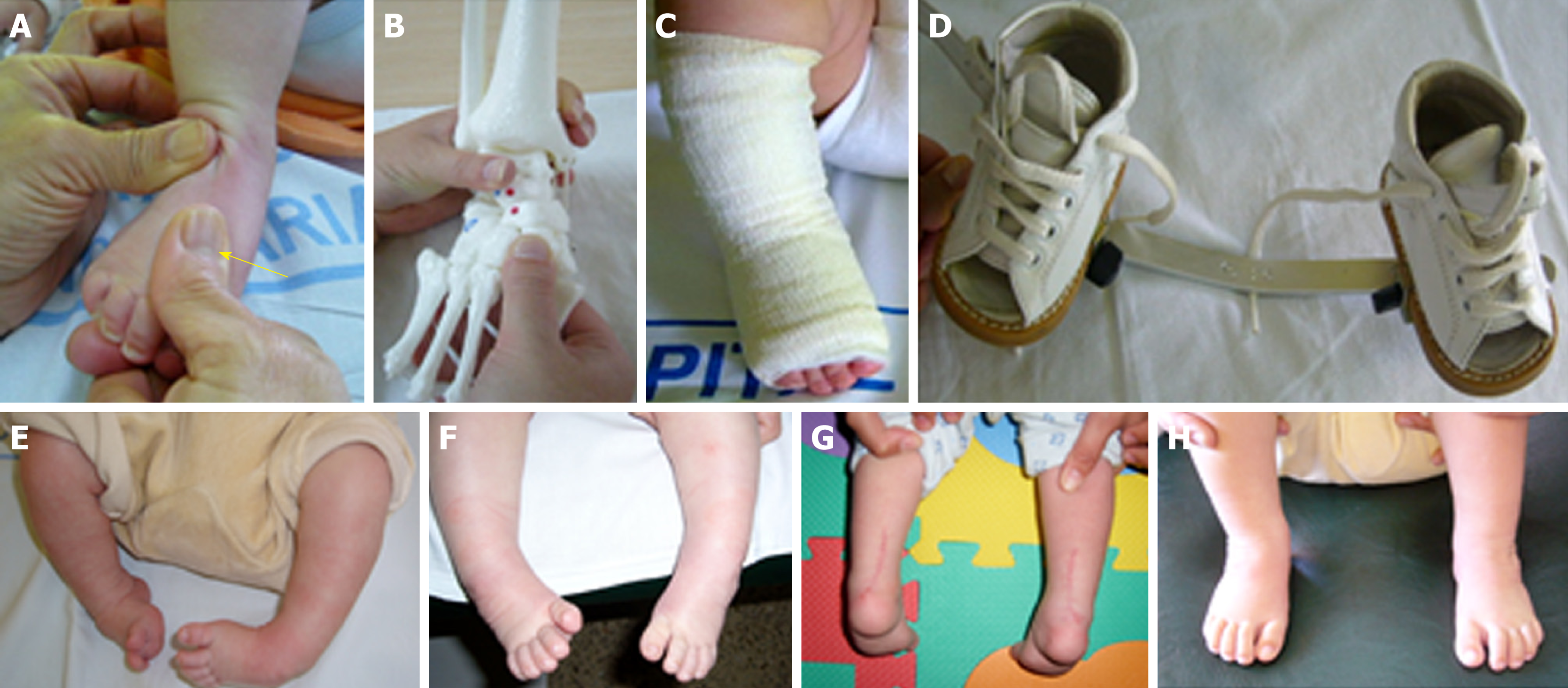
Functional Physiotherapy Method Results For The Treatment Of Idiopathic Clubfoot

To Parents Of Children Born With Clubfeet University Of Iowa Stead Family Children S Hospital
:max_bytes(150000):strip_icc()/GettyImages-976611020-532e1800b14b4c89aec1f2f6a855f199.jpg)
Newborn Baby Foot Problems And Deformities
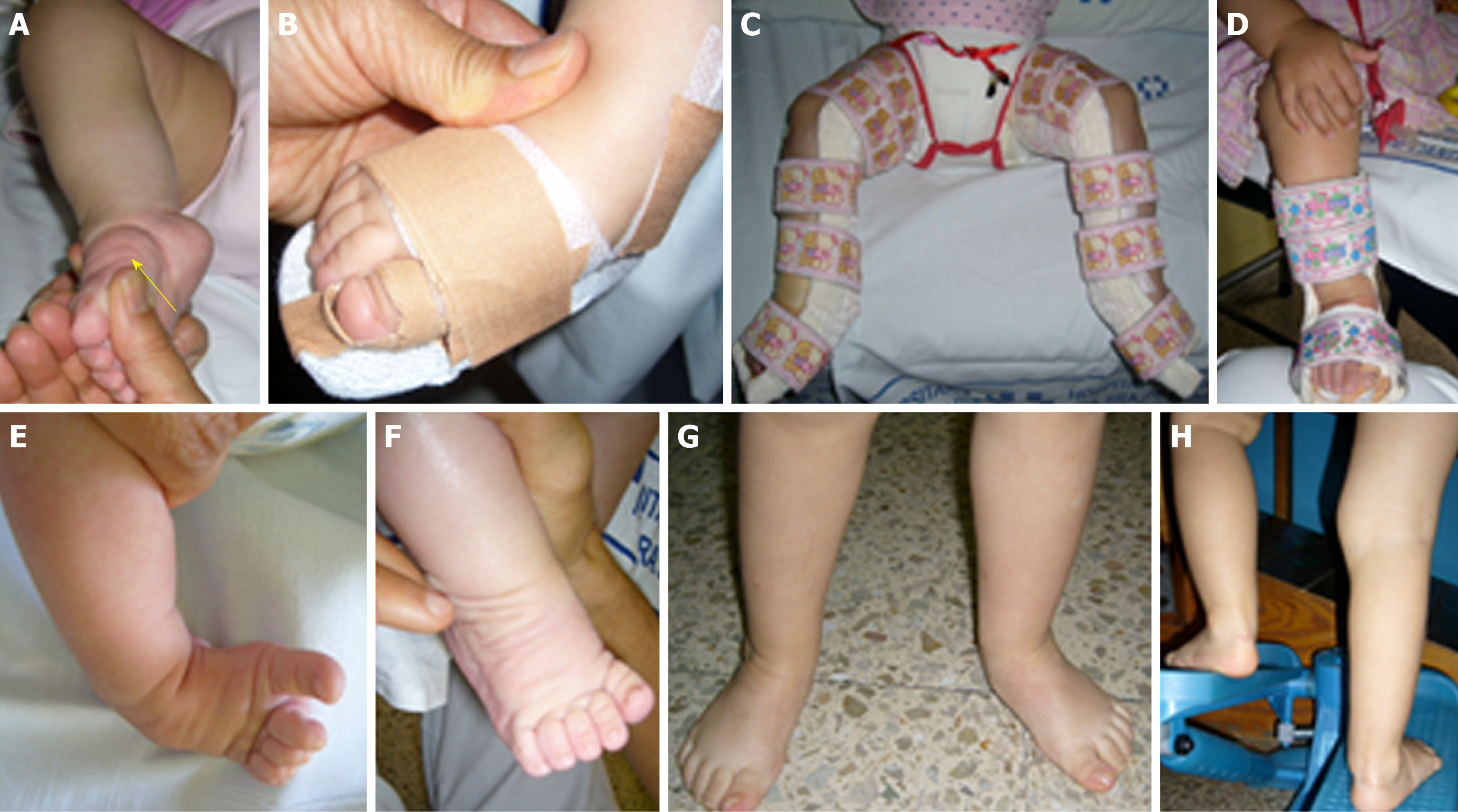
Functional Physiotherapy Method Results For The Treatment Of Idiopathic Clubfoot

To Parents Of Children Born With Clubfeet University Of Iowa Stead Family Children S Hospital

Common Childhood Foot Deformities Consultant360
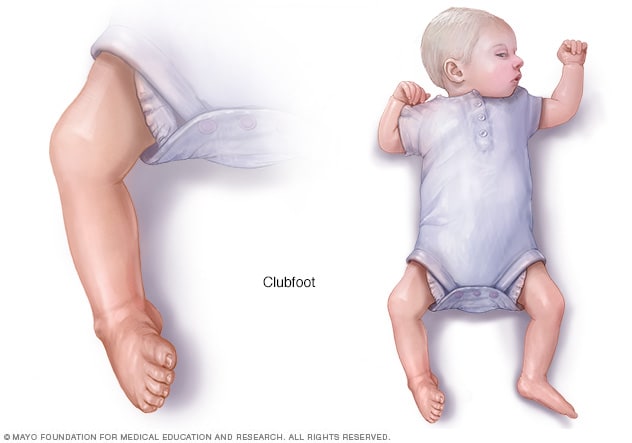
Clubfoot Symptoms And Causes Mayo Clinic
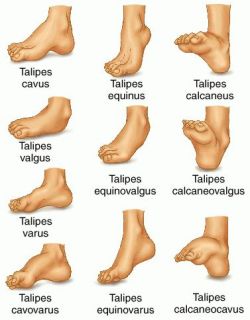
Congenital Talipes Equinovarus Clubfoot Nursing Care Management Nurseslabs
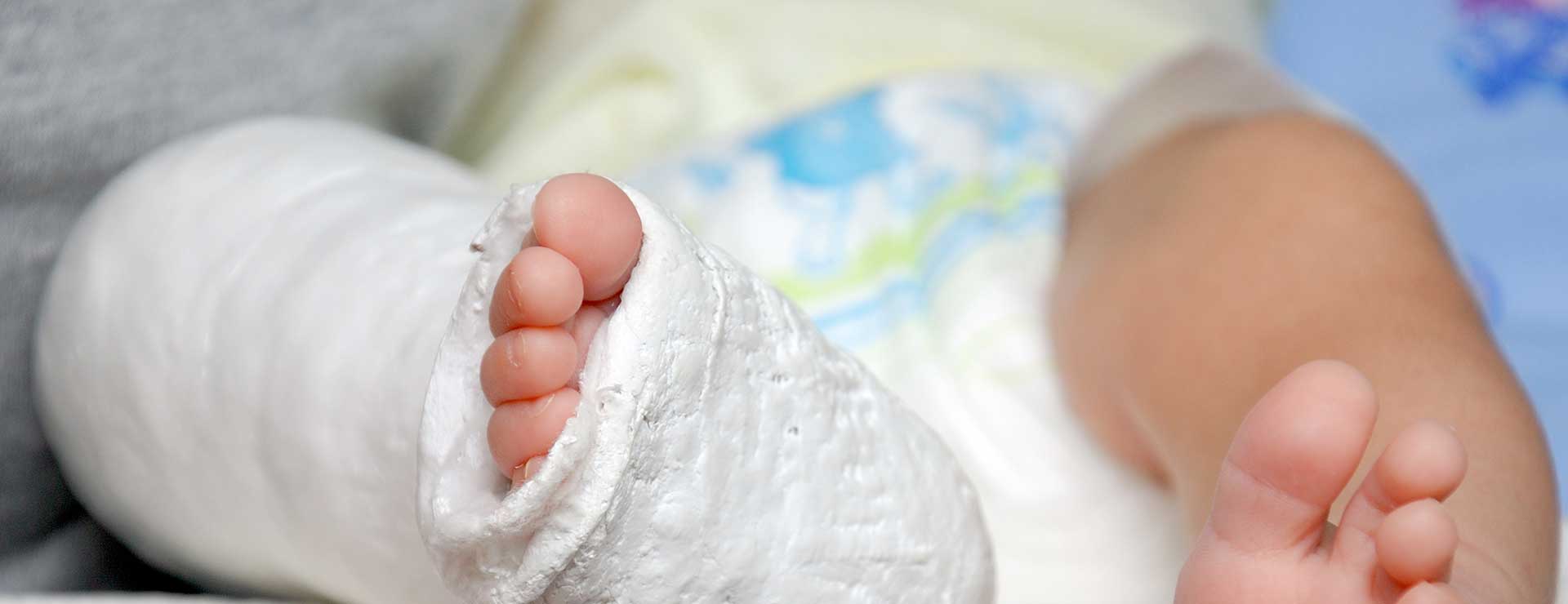
Metatarsus Adductus Johns Hopkins Medicine
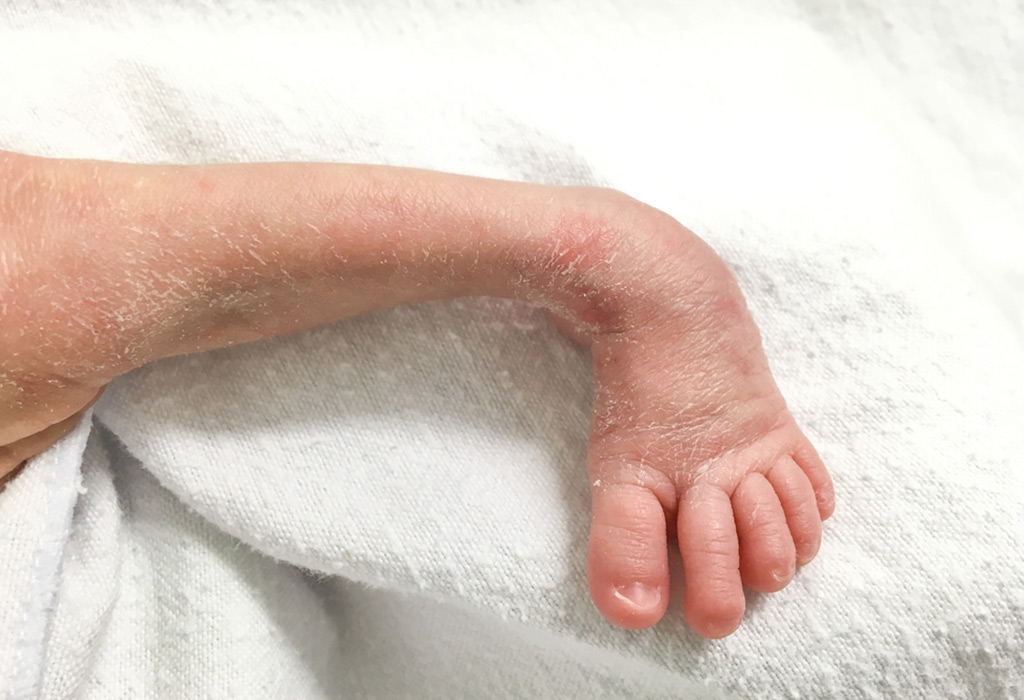
Club Foot In Infants Reasons Signs Remedies
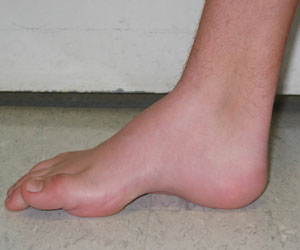
Pediatric Foot Deformities An Overview
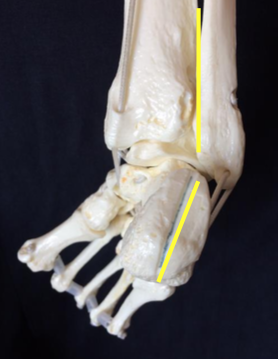
Introduction To Clubfoot Physiopedia

Positional Clubfoot
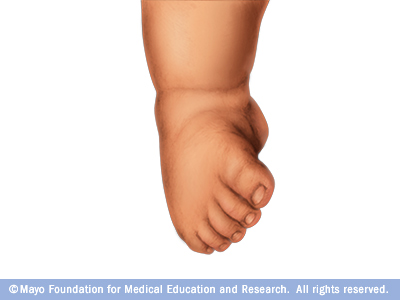
Clubfoot Middlesex Health
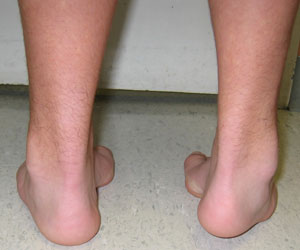
Pediatric Foot Deformities An Overview

Clubfoot Imaging Practice Essentials Radiography Computed Tomography

Club Foot Symptoms And Treatment

A Peachtree City Life Clubfoot Files
Clubfoot Orthoinfo os

Positional Clubfoot
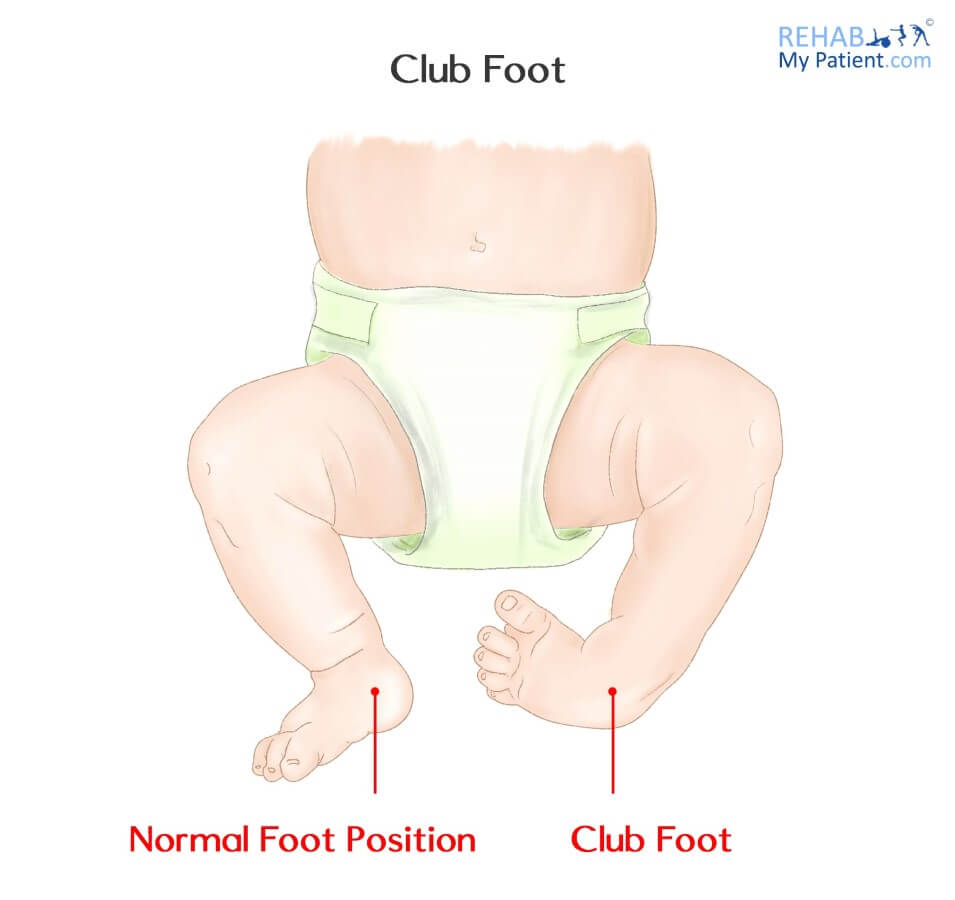
Club Foot Rehab My Patient

Clubfoot For Parents Nemours Kidshealth
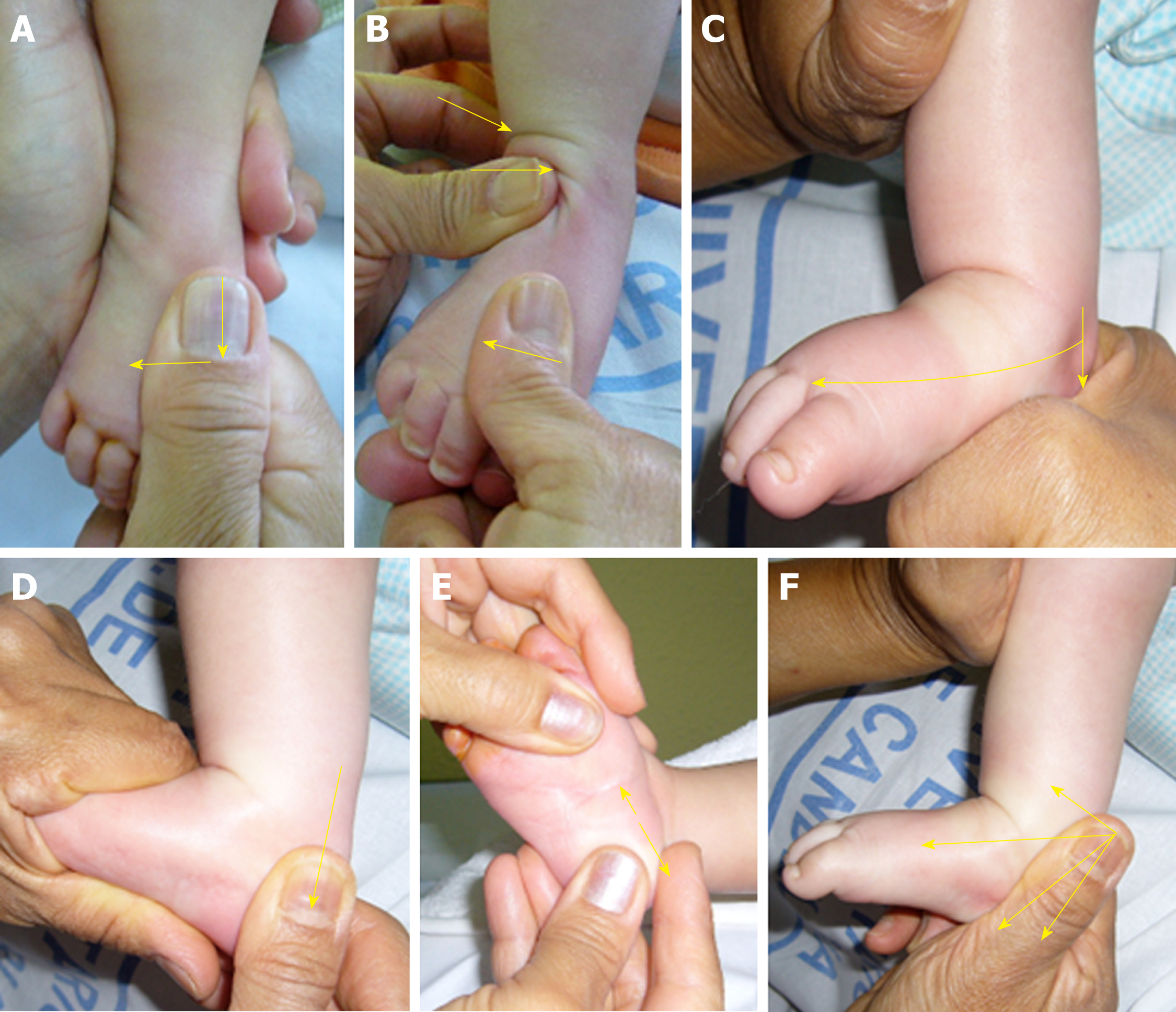
Functional Physiotherapy Method Results For The Treatment Of Idiopathic Clubfoot

Clubfoot Treatment In St Petersburg Florida

On World Clubfoot Day An Expert Answers All Your Questions About The Birth Deformity Parenting News The Indian Express

The Newborn Foot American Family Physician
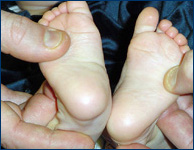
Clubfoot International Center For Limb Lengthening

A F A This 31 Month Old Child Presented With A Left Clubfoot Download Scientific Diagram
Q Tbn 3aand9gctp62jgxdlybgwfyvfzh Y3p9jo177qwhalpgcofoygxaj3mncw Usqp Cau
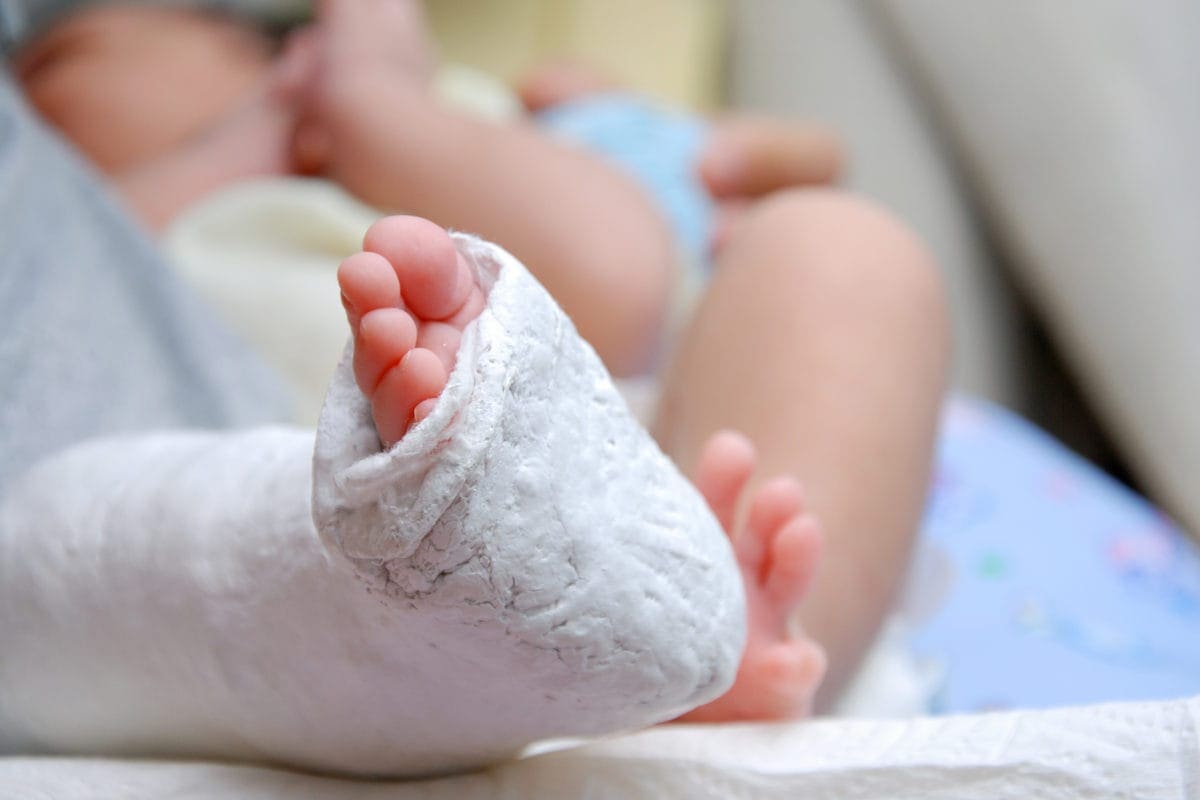
What Is Clubfoot Symptoms And Treatment Familydoctor Org

Chromosomal Abnormality Found For Inherited Clubfoot The Source Washington University In St Louis
Management Of Metatarsus Adductus Bean Shaped Foot Residual Clubfoot Adduction And Z Shaped Foot In Children With Conservative Treatment And Double Column Osteotomy Of The First Cuneiform And The Cuboid Najdi International
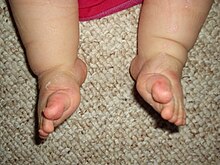
Clubfoot Wikipedia
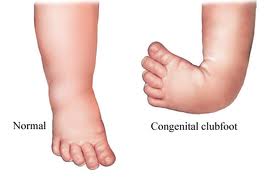
Introduction To Clubfoot Physiopedia
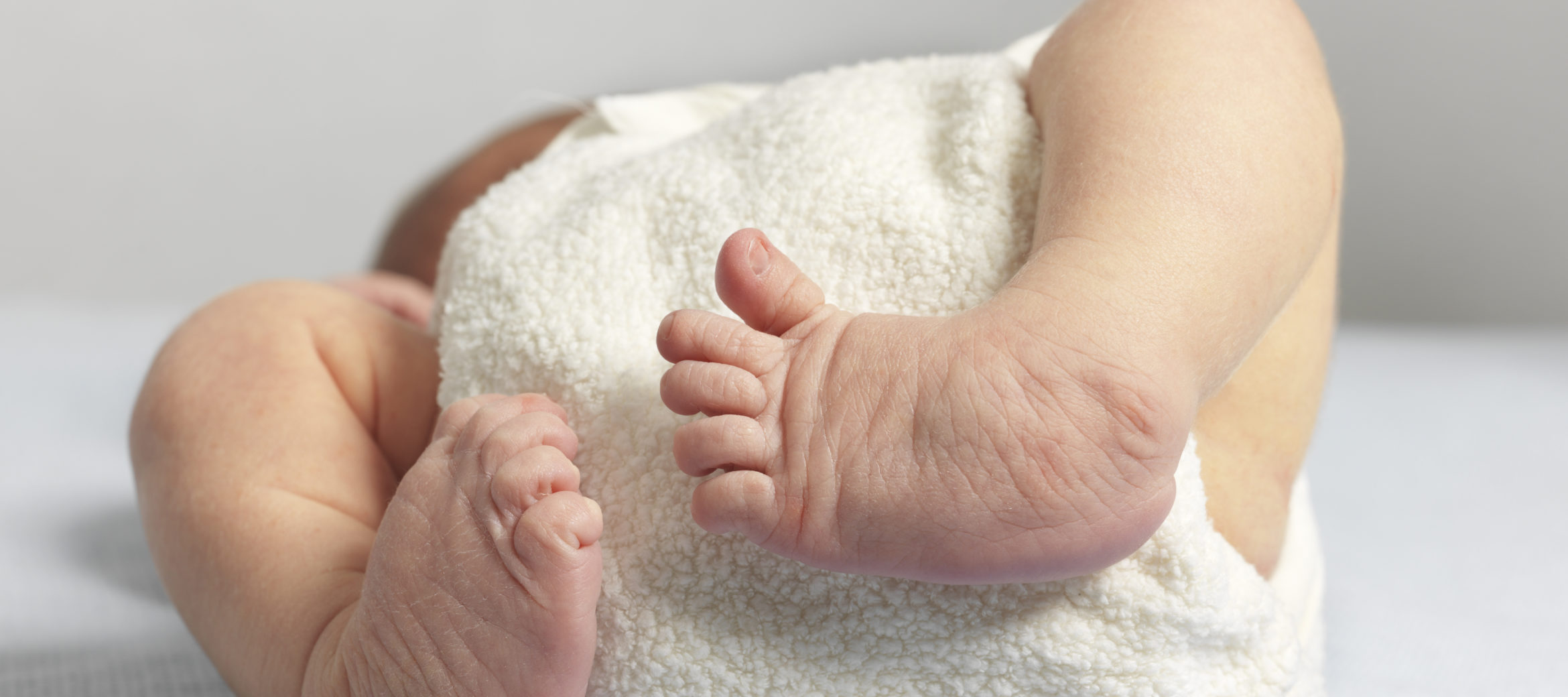
Ctev Why Clubfoot Should Be Treated Early

Clubfoot Symptoms Causes Risk Factors Treatment
Whenithurtstomove Org Wp Content Uploads Clubfoot Booklet En Pdf

Clubfoot In Newborns Paedicare Paediatricians

Clubfoot Healthdirect

Clubfoot Wikipedia
:max_bytes(150000):strip_icc()/clubfoot_before-56a6fb603df78cf7729142e3.jpg)
Photos Of Babies With A Clubfoot

Clubfoot Congenital Talipes Equinovarus Pediatrics Orthobullets

Club Foot The Foot And Ankle Online Journal

Metatarsus Adductus

Club Foot Treatment And Management Kerala

Clubfoot And Other Foot Defects Children S Health Issues Merck Manuals Consumer Version
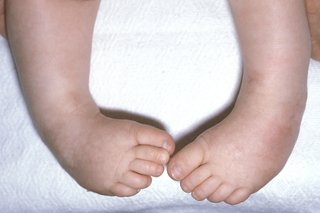
Club Foot Nhs
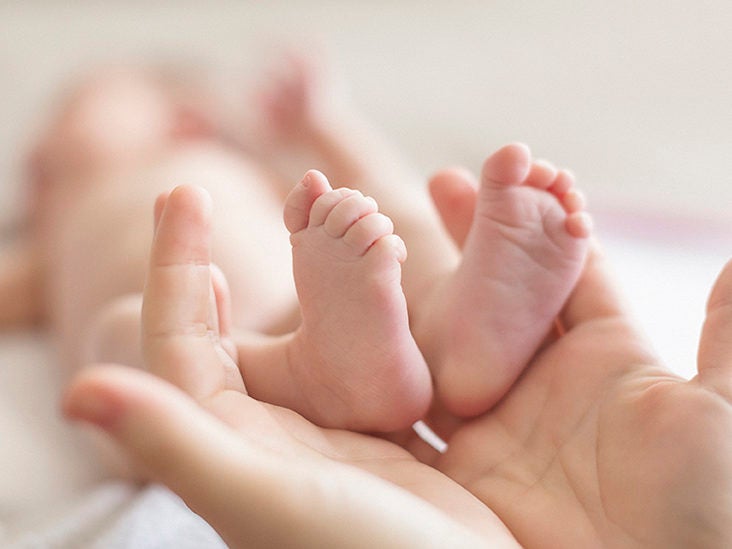
Clubfoot Repair Treatments Procedure Outlook

Challenging Clubfeet The Arthrogrypotic Clubfoot And The Complex Clubfoot Journal Of Children S Orthopaedics

Clubfoot Treatment In Iran Best Doctors Clinics Free Consultation
Ponseti Method

Babies Feet

Clubfoot And Other Foot Defects Children S Health Issues Merck Manuals Consumer Version

Clubfoot Children S Orthopaedic And Scoliosis Surgery Associates Llp
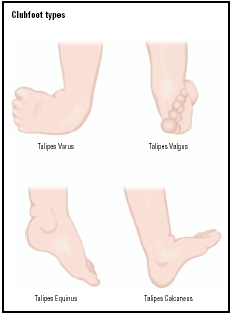
Clubfoot Symptoms Stages Definition Description Demographics Causes And Symptoms Diagnosis
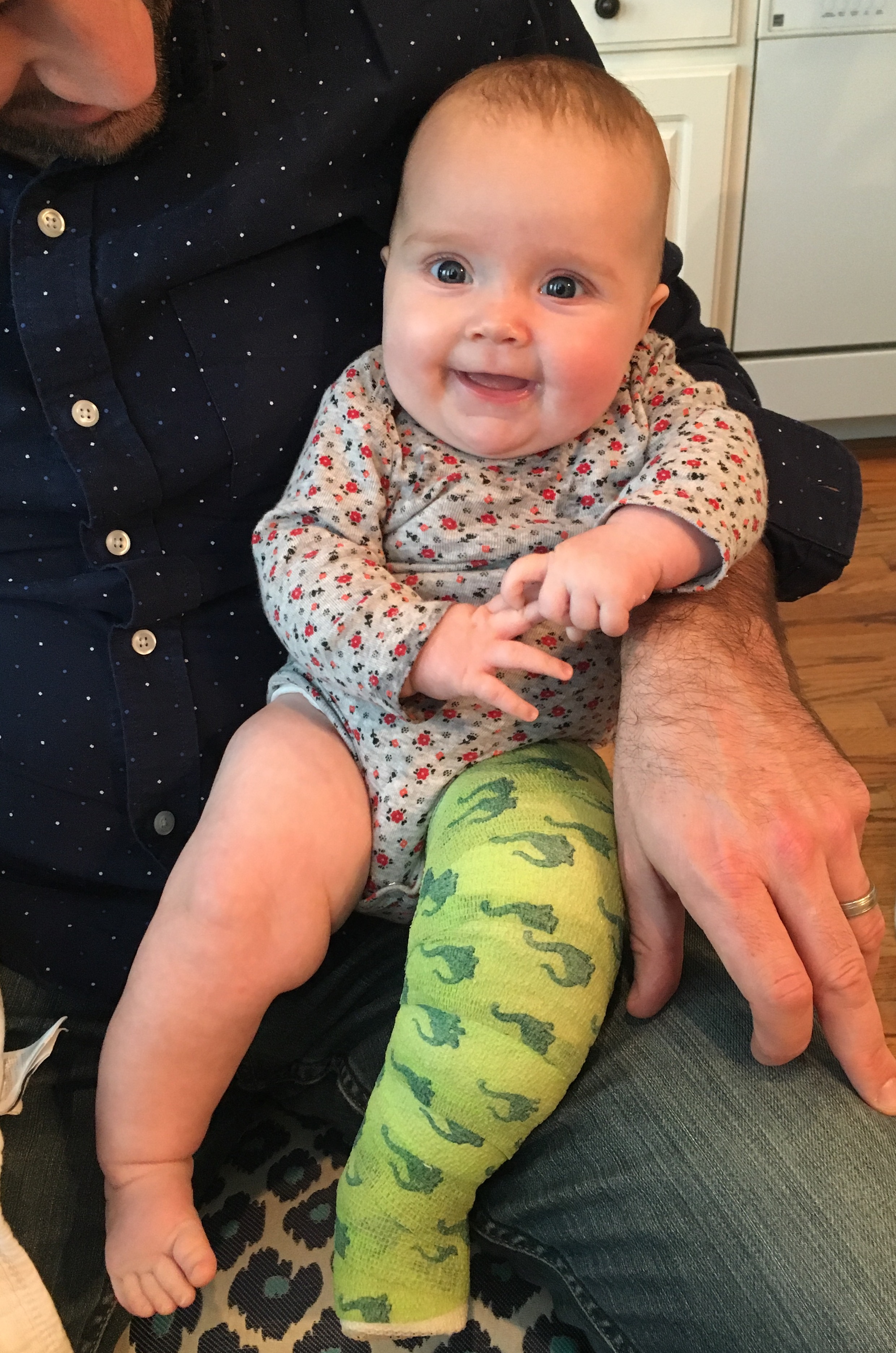
A Pair Of Shoes Can Change A Life Our Clubfoot Journey

Clubfoot Children S Orthopaedic And Scoliosis Surgery Associates Llp
Clubfoot Orthoinfo os
Clubfoot Orthoinfo os
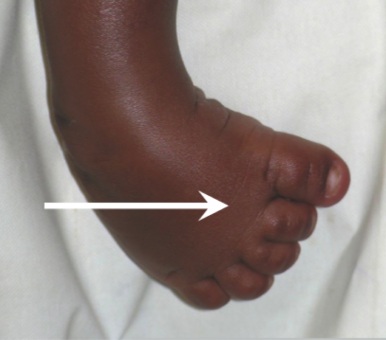
Assessing Children With Clubfoot Physiopedia

Clubfoot Causes And Treatments
Clubfoot Orthoinfo os
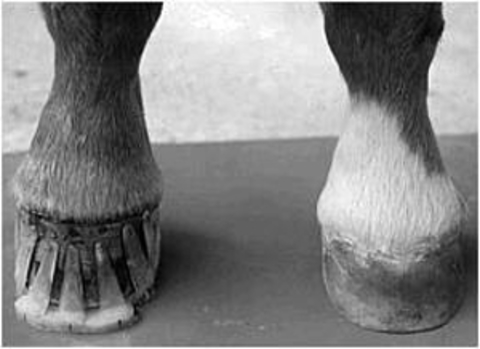
Club Feet In Foals
:max_bytes(150000):strip_icc()/clubfoot_after-56a6fb603df78cf7729142e6.jpg)
Photos Of Babies With A Clubfoot

Best Clubbed Feet Not A Curse Images Club Foot Club Foot Baby Club

Clubfoot Deformity Talipes Equinovarus

Talipes Club Foot Health

Healthinfo Canterbury
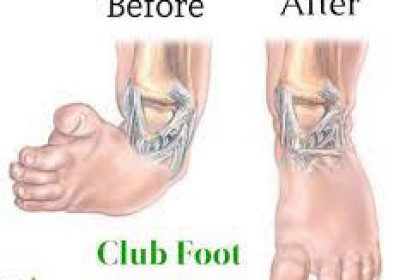
Dr William P Zink Md Clubfoot El Pie Equino Dr William P Zink Md

Talipes Babycentre Uk



